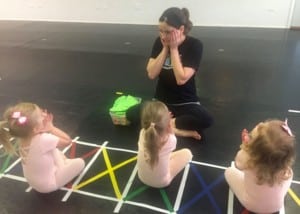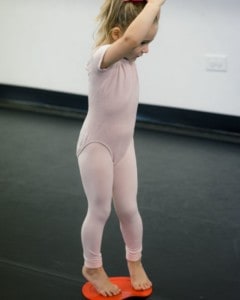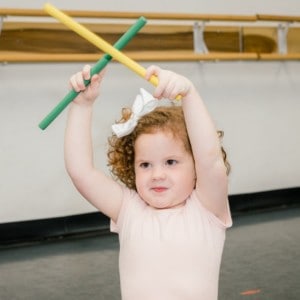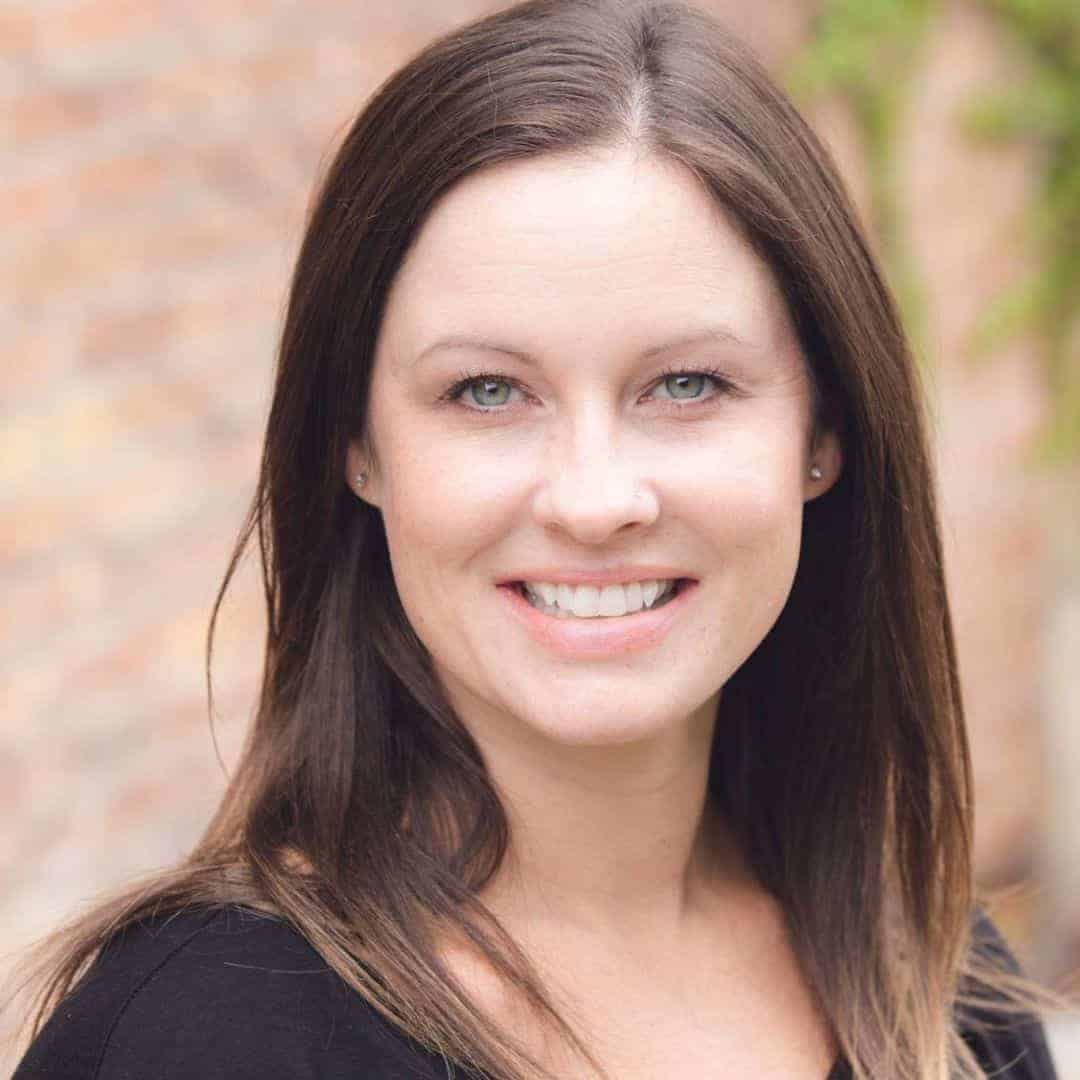Elevate Your Early Childhood Dance Classes
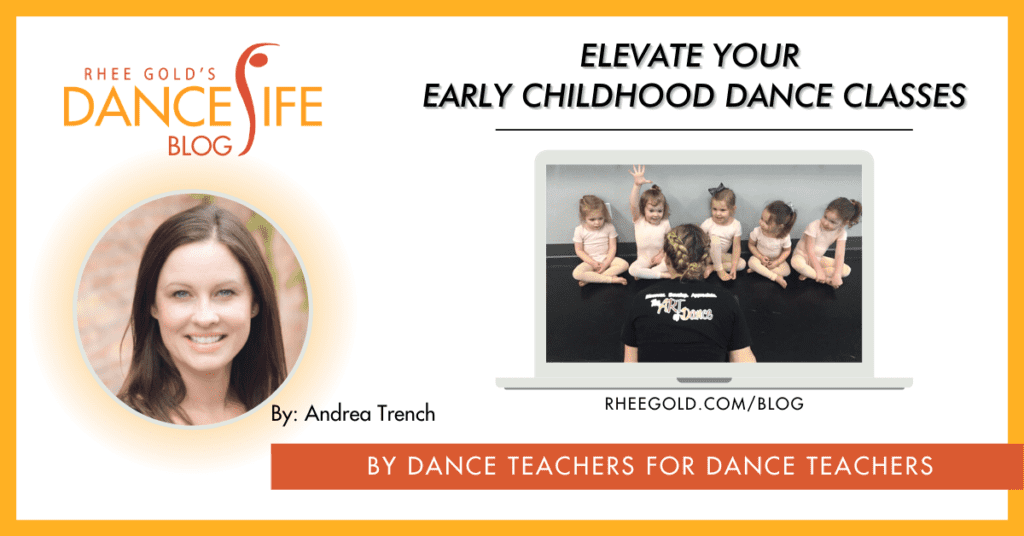
Have you heard of the conceptual approach to dance education? In my work through DiscoverDance, I have been on a mission to elevate the quality of early childhood dance education. I dream of every child having the opportunity to walk into a dance class, have their needs met, learn the skills of dance, and become the artists they were born to be. Conceptual teaching is the path through which this dream can become reality.
Conceptual teaching is the unique approach to dance education that intertwines the skills of dance with the artistry of movement. When it comes to teaching early childhood dance education through the conceptual approach, I compare it to learning the alphabet. Many children as young as two (maybe even younger) can recite the ABC song. It’s the cutest thing to hear them babble out the alphabet as their caregivers look upon them with deep pride and excitement. The truth is, if you showed that two-year-old a picture of an “A”, they wouldn’t be able to tell you it was an “A”, the sound an “A” makes, or that it’s even a part of the alphabet. They certainly wouldn’t know that when you put letters they are singing in the song together, they create words. They are just mimicking the sounds they have heard from everyone encouraging them to sing in their adorable toddler voice. At two, they do not know the concepts that make the alphabet, the alphabet.
This is true for dance as well. We can plié and tendu all day long, but if we do not understand the concepts of what makes a plié, a plié and a tendu, a tendu well, we are just copying a shape (and possibly creating undesired habits that will be harder to break as we grow). We want our dancers to understand that we are not just bending our knees and stretching our legs. There are underlying concepts that apply to every movement in dance. This is where conceptual teaching comes in. We teach dance through the exploration and comprehension of the concepts of dance.
We explore these eleven core concepts in our early childhood dance classes beginning with caregiver/tot classes. These concepts do not belong to any specific style of dance, which makes this approach to teaching even better! We can utilize this method across the board, in every class, style, age, and stage of development.
Core Concepts
- Place (on our spot, all around)
- Size (big, little)
- Level (high, low)
- Directions (forwards, backwards, sideways, up, down)
- Pathways (straight, curvy, zig zag)
- Speed (fast, slow)
- Energy (smooth, sharp)
- Weight (strong, light)
- Body Parts (head, shoulders, knees, toes, etc)
- Body Shapes (straight, curvy, twisted, angular)
- Relationships (over, under, around, through, beside, between, etc)
Conceptual learning can take place during any and every part of your lesson plan. When it comes down to this approach, it is really about the movement you emphasize and the vocabulary you use throughout your class.
Want to try it out? Take your preschool lesson plan and write PLACE along the top. That is your class objective. Note along each activity if it stays on your spot or moves all around. As you are teaching this lesson, emphasize to your class when you are remaining on your spot and when you are traveling all around. For example, as you are performing your hello song say, “It’s time for our hello song! Our hello song stays on our spot. Everyone say, ‘on our spot’.” Do the same for every activity. Repeat that entire lesson plan at least once more. Then, move to the concept of SIZE as your objective. As you are doing your hello song, wave with big and little movements while saying big and little. Continue until all concepts have been explored.
The accumulation of the understanding of these concepts of dance and how they relate to our movement is what helps us discover all the amazing ways our bodies can move. In turn, our students grow to understand the essence of movement and mechanics of dance, and that sets a strong foundation ready to thrive in any style of dance.
Andrea Trench is dedicated to helping dance teachers create and deliver content that is research-based and developmentally appropriate for children under the age of 6. Her primary focus is classroom management, conceptual teaching, and foundational movement skill development in early childhood dance education. In addition, Andrea uses her 12 years of experience as a partner in a dance studio to inspire, equip, and empower educators.






